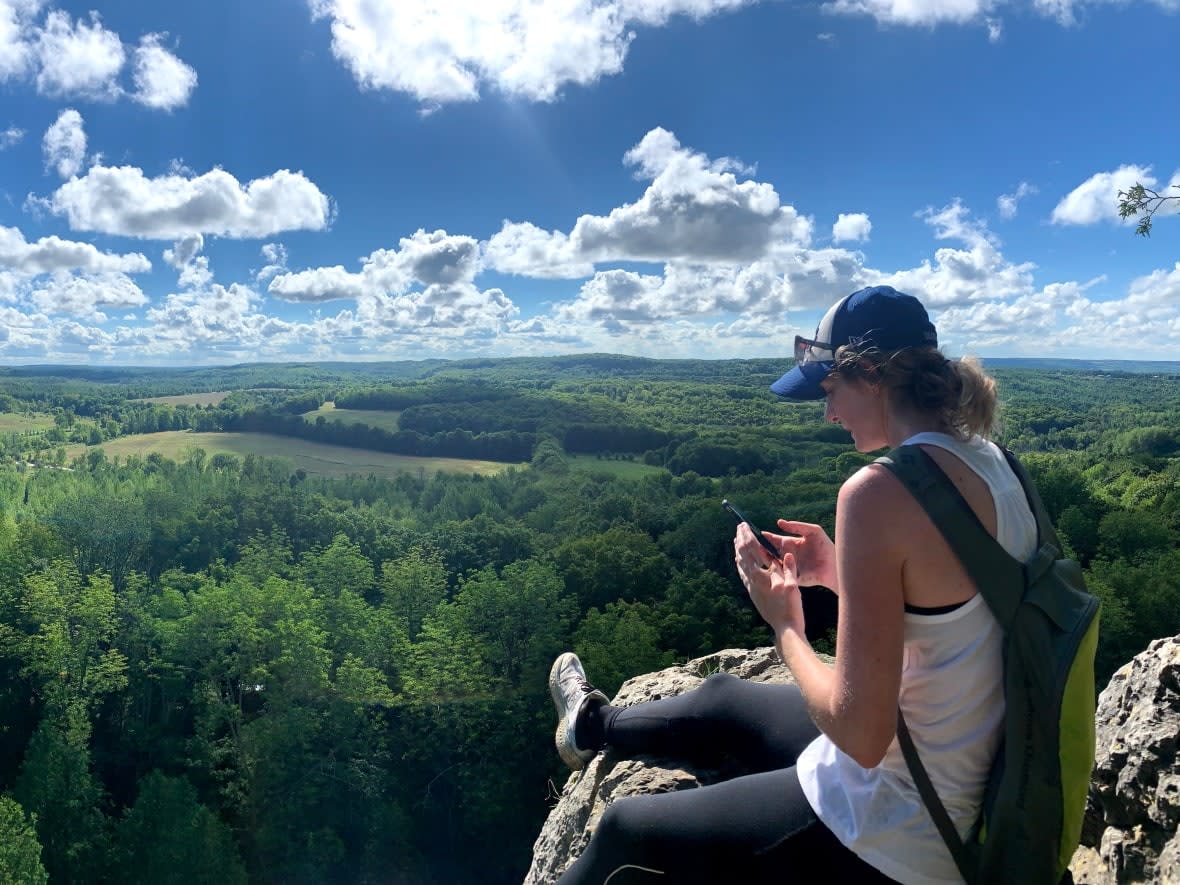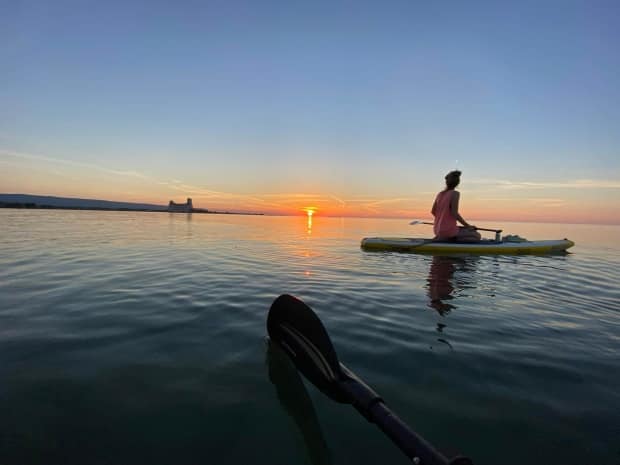Why people are moving to Collingwood and Wasaga Beach (Hint: It's not just to ski and swim)

Julie Nolan had been living in downtown Toronto for about eight years when she decided it was time to go.
The urban planner wanted to buy a home but real estate prices were going up a lot faster than her wages. She wanted to spend more time outdoors, but lived in a forest of construction cranes. Life was becoming a grind and the big city was losing its charm.
"It just seemed like anywhere you wanted to go, there was a minimum hour on transit. Traffic was a bit of a nightmare. It costs a lot of money to do anything or go anywhere," said Nolan in an interview.
"I was struggling in Toronto trying to build up enough savings. I just kind of stopped and thought, 'What is it that I love to do? Where can I see myself?'"
Nolan's answer was Collingwood, Ont., where she found a job and an affordable home. Now she spends her spare time skiing and paddle boarding, and says the town's culture scene is thriving.
"It's the best decision I've made in my life, honestly. I love it up here," Nolan said.

About a two-and-a-half hour drive north of Toronto on Georgian Bay, Collingwood is one of several smaller centres seeing double-digit rates of population growth in recent years, according to recent census data released by Statistics Canada.
Between 2016 and 2021, Collingwood's population increased by 13.8 per cent to 24,811. The neighbouring town of Blue Mountain had a growth rate of 33.7 per cent.
Collingwood Mayor Brian Saunderson says the town projected and planned for population growth, but not to this extent.
"What we are seeing is an increased demand and a spike, I think largely brought about by the pandemic, which has greatly impacted how people work, what they're hoping to get from life, their ambitions, and also the places they want to live," Saunderson said in an interview.
"So the potential to work remotely and to move to a community where you can do all the wonderful things you can in Collingwood and the surrounding area, I think has been a huge draw."

StatsCan defines smaller urban centres as communities with populations from 10,000 to 100,000 people. Collingwood is among a group of the fastest-growing centres that are also known for being tourist destinations. The others are Squamish, B.C., Canmore, Alta., and Wasaga Beach, Ont..
StatsCan notes that these communities are close to nature, large bodies of water or outdoor sports facilities such as ski resorts. And while they're outside of large cities, they're close enough that people can reach them by car in a reasonable amount of time.
Wasaga Beach's population has grown by more than 20 per cent to 24,862. According to the census data, like Collingwood, the growth is due almost entirely to people moving to the town from other parts of Ontario.
Mayor Nina Bifolchi is certain many of her new residents are arriving from the Greater Toronto Area.

"It's a quick drive away if there's something that you need. But we have everything here," Bifolchi said in an interview.
"We have a beautiful beach and ski hills close by too. A new elementary school will be built, so we're definitely getting families moving here."
While the mayor says Wasaga Beach is trying to maintain a "small town feel," it's expanding to meet the needs of a growing population. The municipality approved a record number of building permits last year. There are plans for a new library and hockey arena as the town evolves into a year-round community.
"Tourism is one piece of what we are," Bifolchi said.

Meanwhile, in Collingwood, they're expanding the town's aging hospital and water treatment plant.
But the community has also launched an affordable housing task force, ironically tasked with fixing the very thing that attracted many residents there in the first place.
"Housing is a huge issue," said Saunderson.
"Across the region because of recent demand, our housing prices have really gone through the ceiling."


